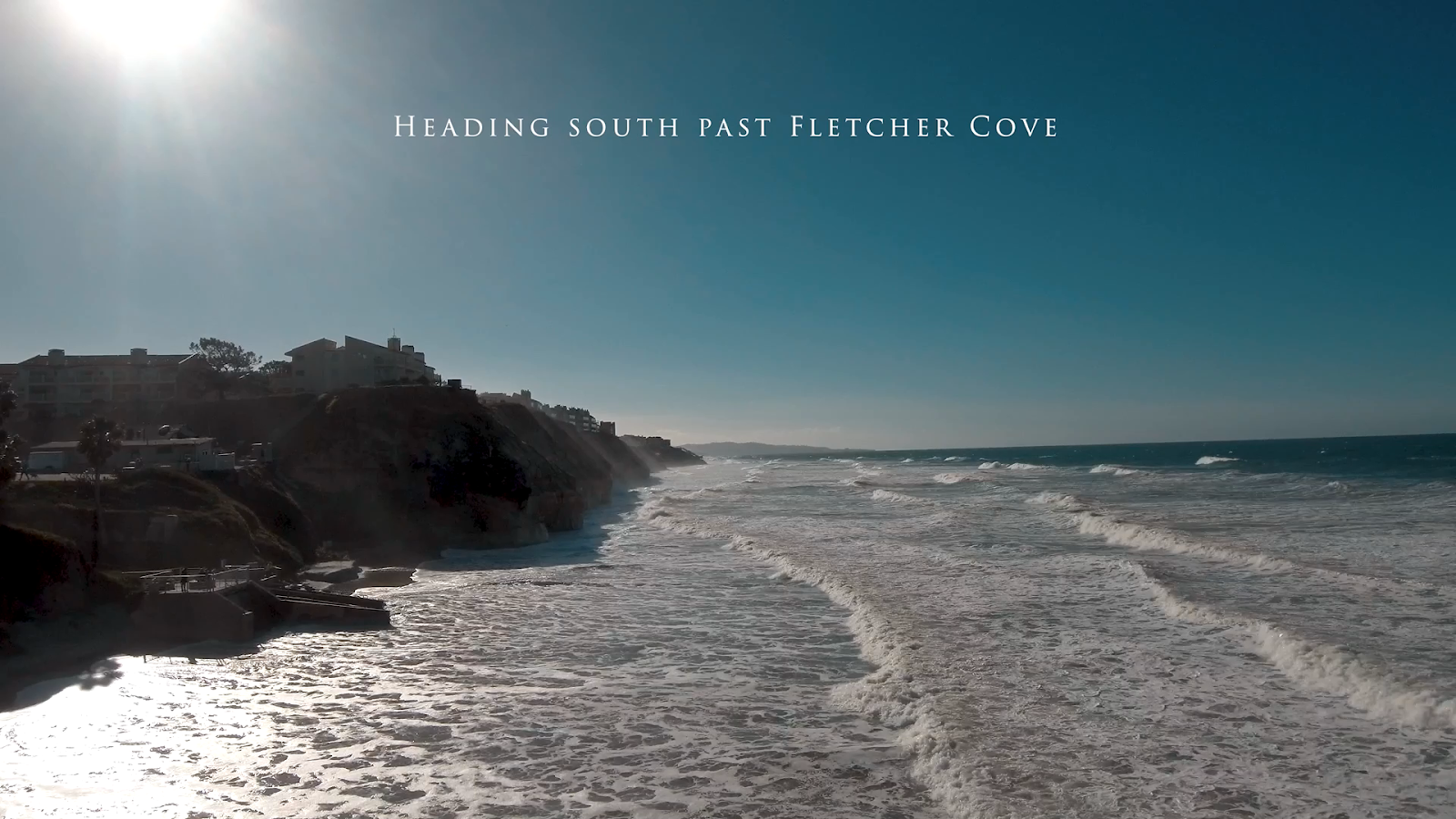
A few weeks ago, thanks to our partners at Lighthawk, Surfrider was able to document the king tides from the air and show what our coast will look like in the near future due to sea level rise. California’s 19 coastal counties make up only 22 percent of the state, but those 19 counties are home to 68 percent of our population, 80 percent of the state’s wages, and 80 percent of its GDP. So how the state prepares for sea level rise is, to put it mildly, significant.
In most of the areas, the king tide averaged a foot or so higher than normal. The ocean, however, is expected to keep on rising beyond that point – and doing so faster than initially predicted. Just last year, multiple reports again reinforced the urgency of making changes to stave off disaster – and to adapt to the impacts already happening. Truth is, many of our beaches are likely already doomed. To save what we can, adaptation and mitigation are essential.
Those efforts can include
such measures as retrofitting roads and buildings, relocating vulnerable
infrastructure, improving building codes, increasing zoning setbacks from the
coast, installing green infrastructure and implementing ‘living shorelines.’
Take a tour with us. Here’s what our coast looked like a few weeks ago:
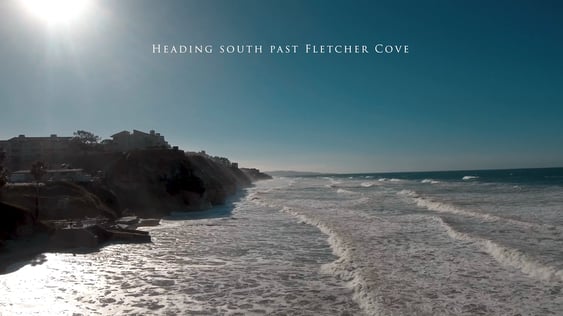
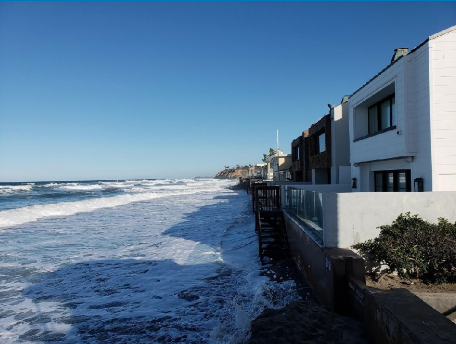

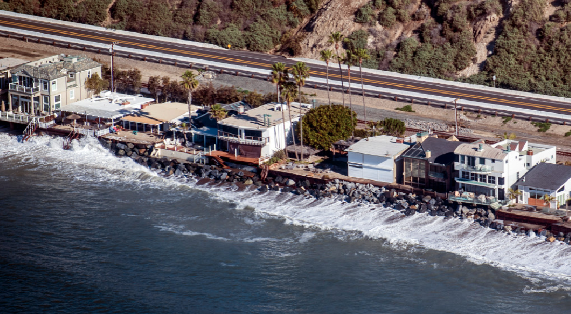
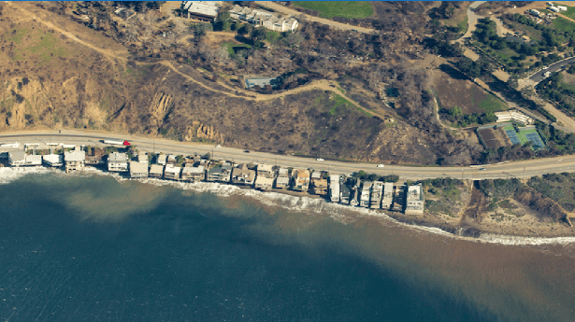
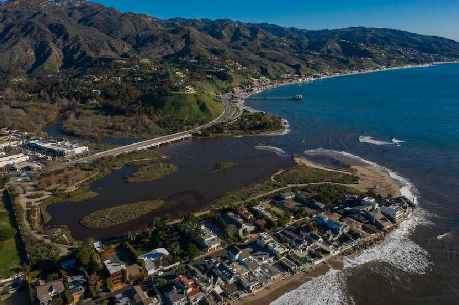

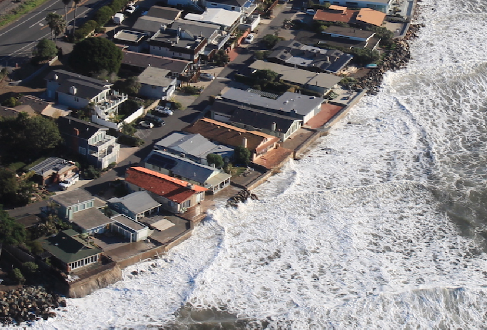
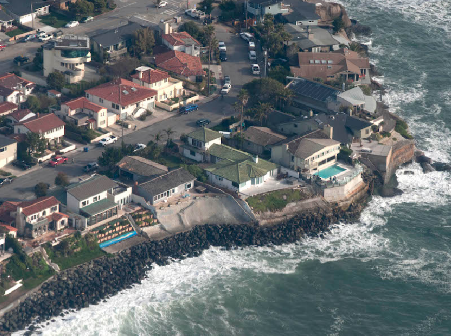
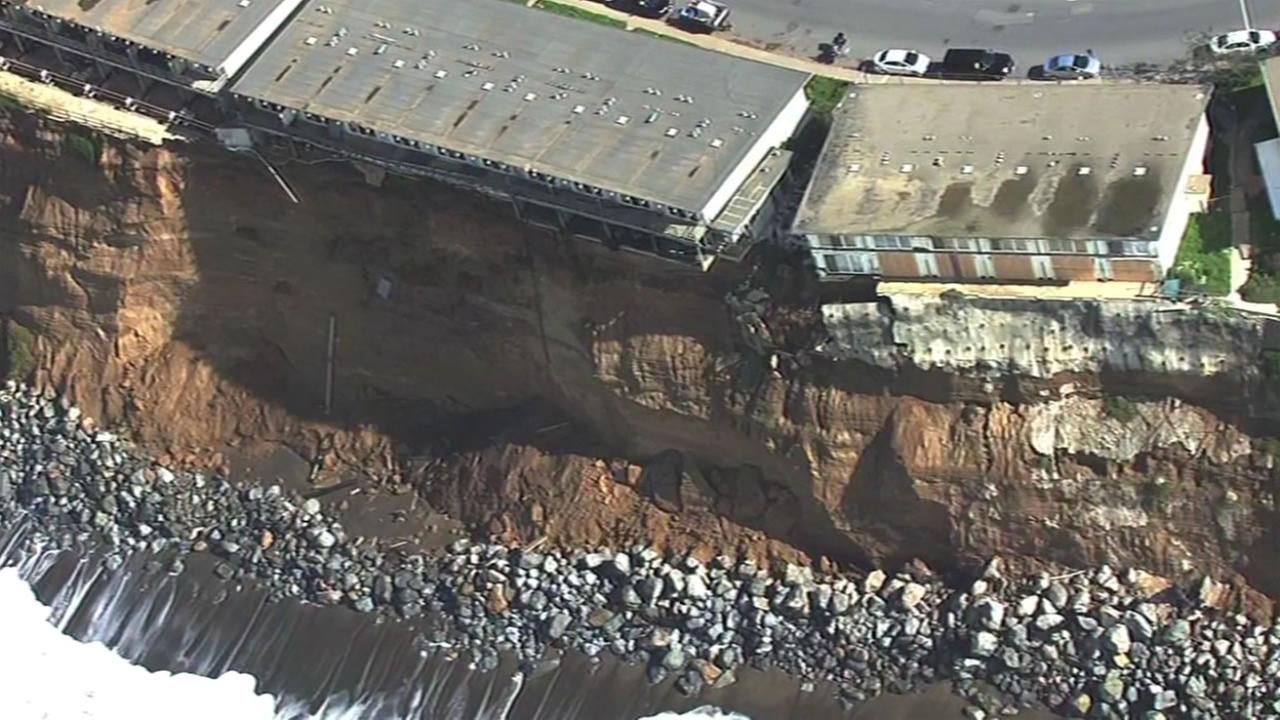
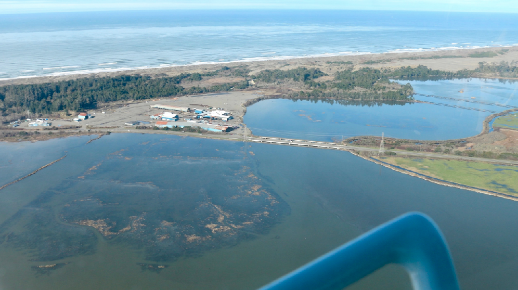
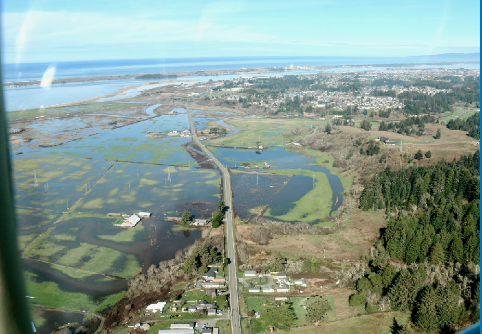
Clearly it’s imperative that the California Coastal Commission and other state agencies require coastal communities to double down on proactively planning for sea level rise. Indeed, the Coastal Commission must stop the trend of allowing seawalls through emergency permits when the emergency has been so clearly illustrated in advance – no one should be surprised by high tides, storm surges or coastal erosion at this point. The armoring of our coast must stop. To not hold decisionmakers and coastal property owners accountable for the future is destroying our beaches, undermining our coastal economy and creating a California where the simple joy of digging your toes in the sand or taking a walk along the beach will be a lot harder to make happen because beaches will be a thing of the past. Which is so impossible to imagine – except – it’s not.
Watch Jennifer Savage present this information to the California Coastal Commission at the February 2019 hearing, here. For a national overview, check out our King Tides: Our Future Sea post by Stefanie Sekich-Quinn.
